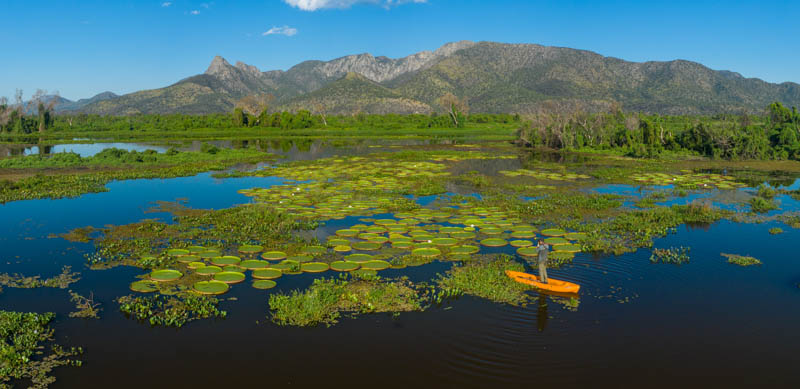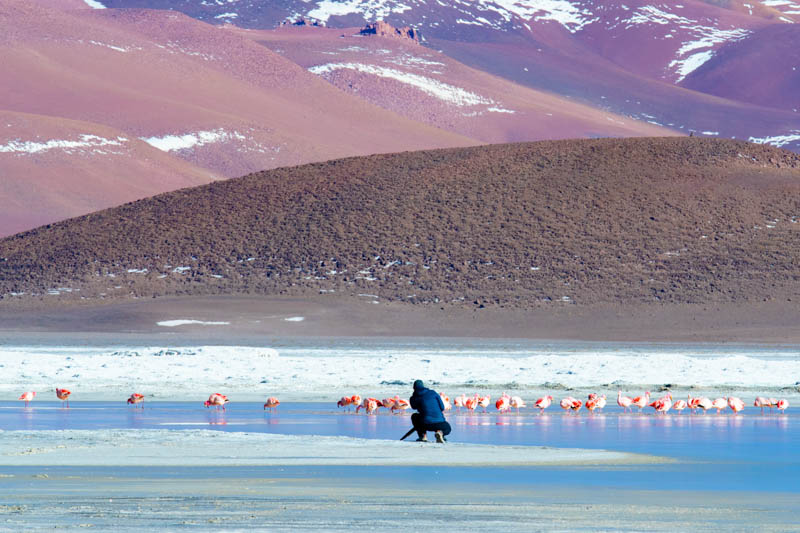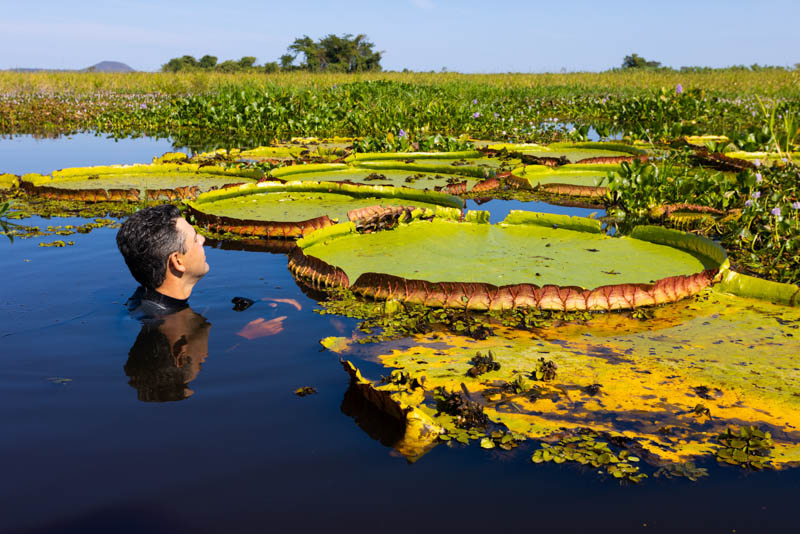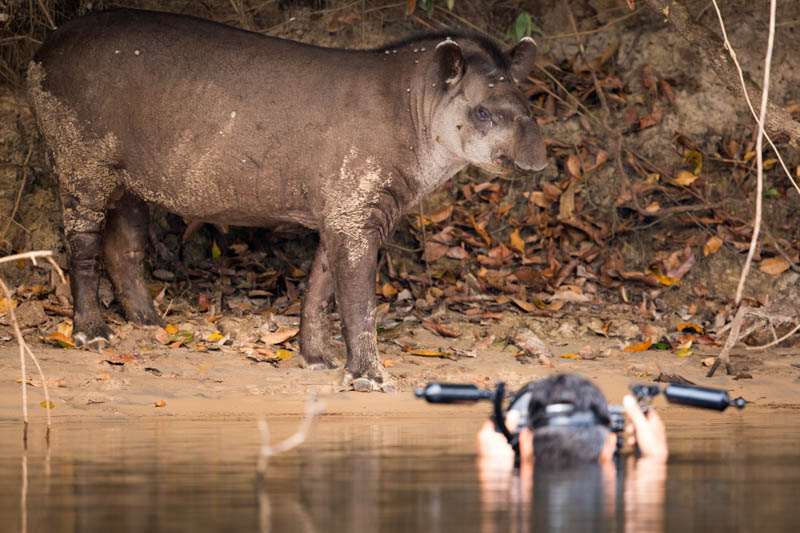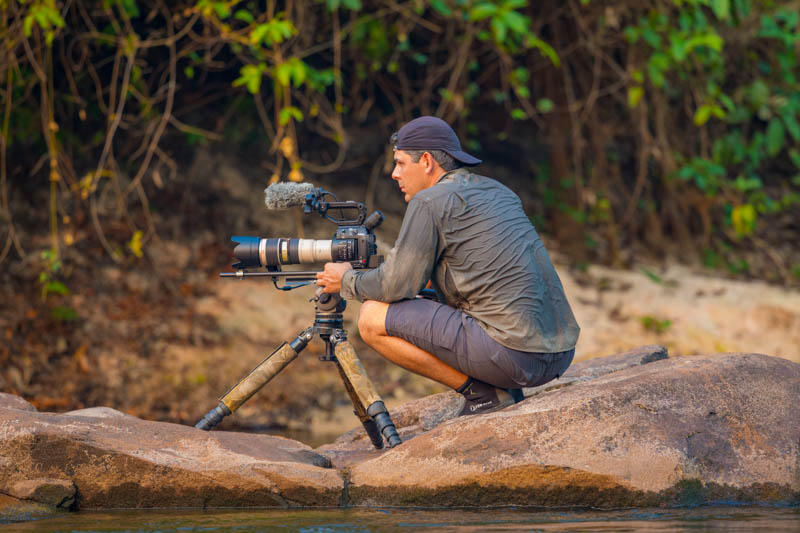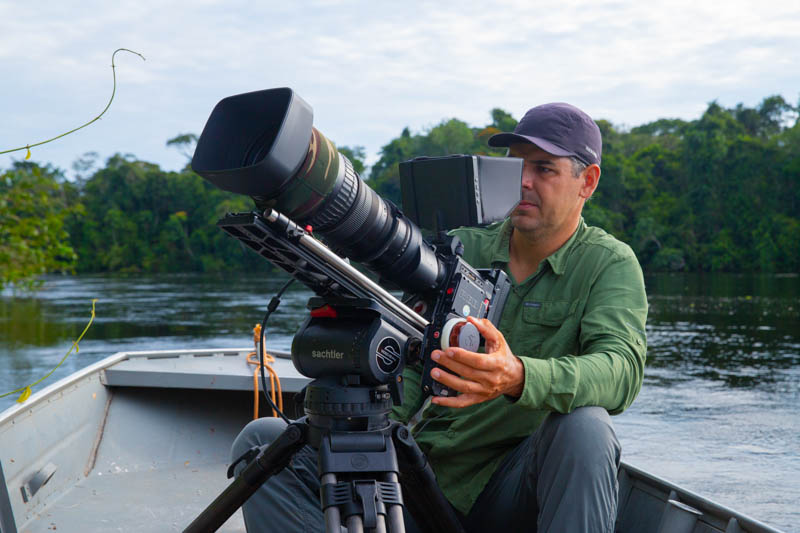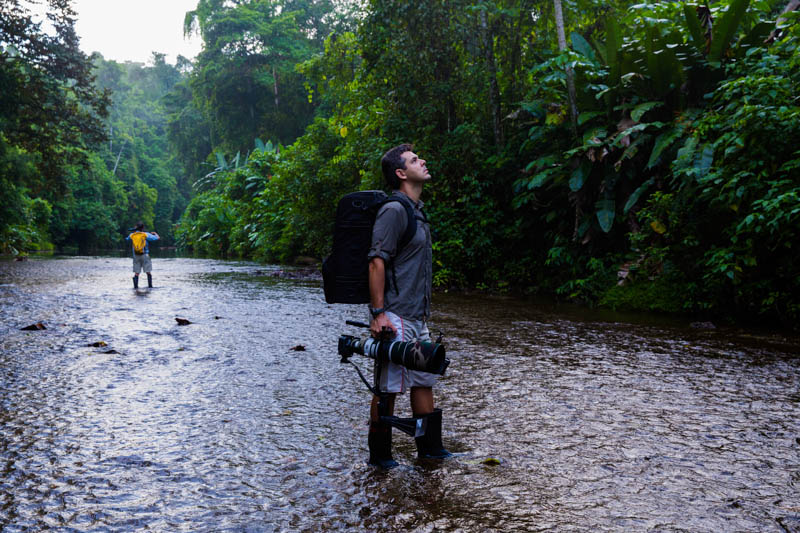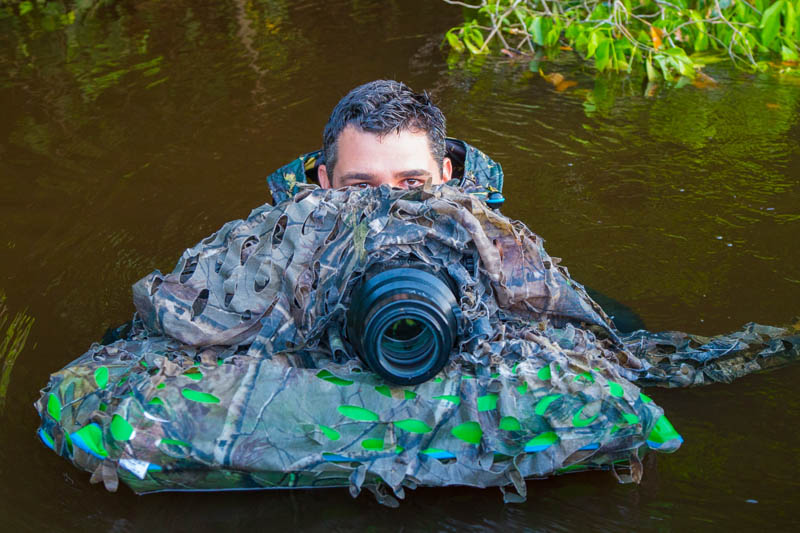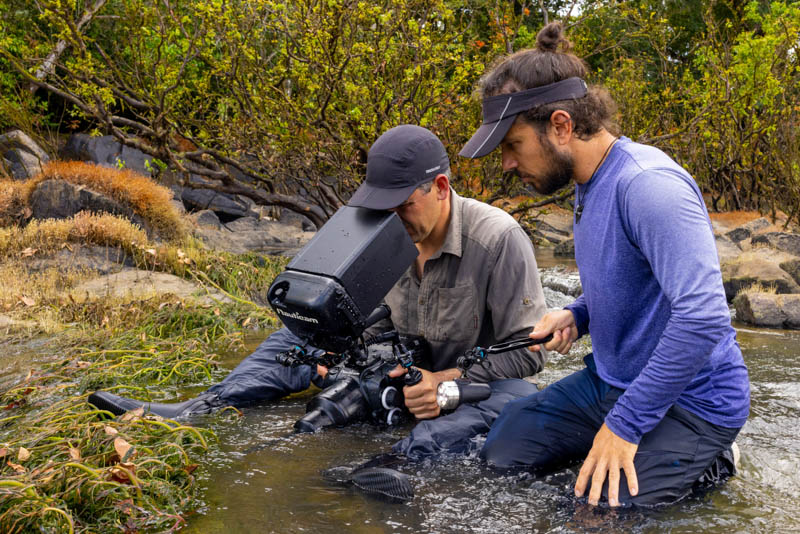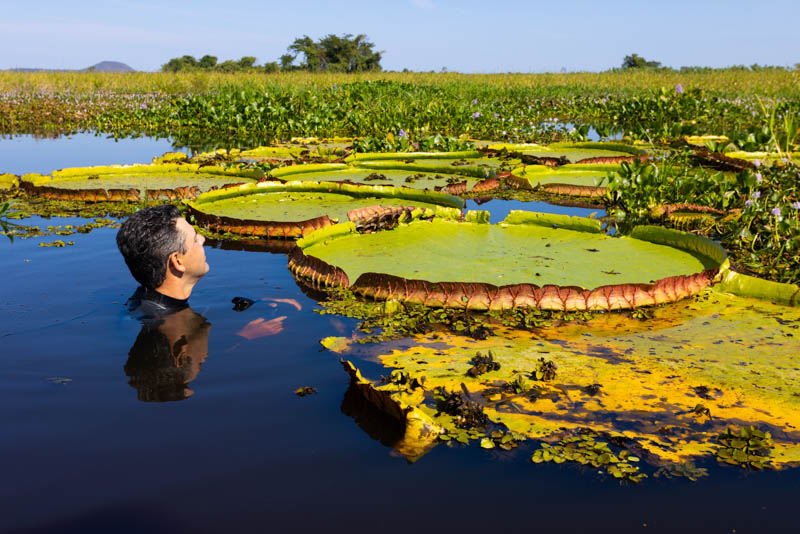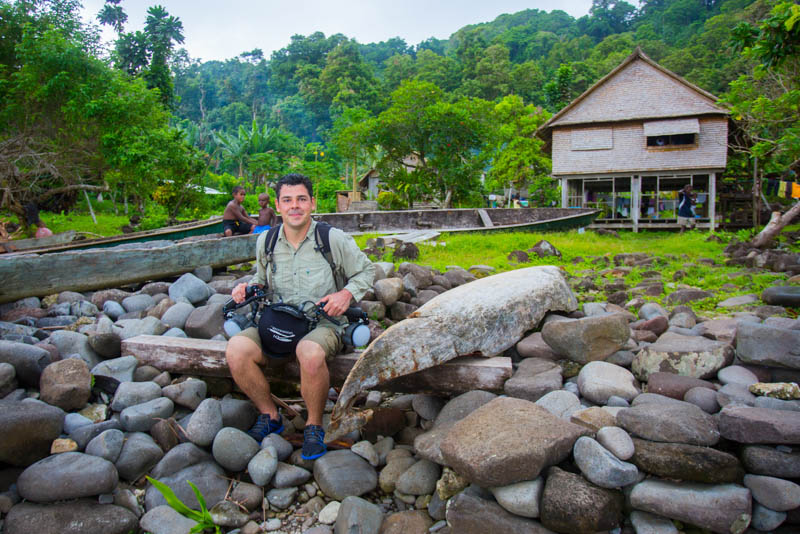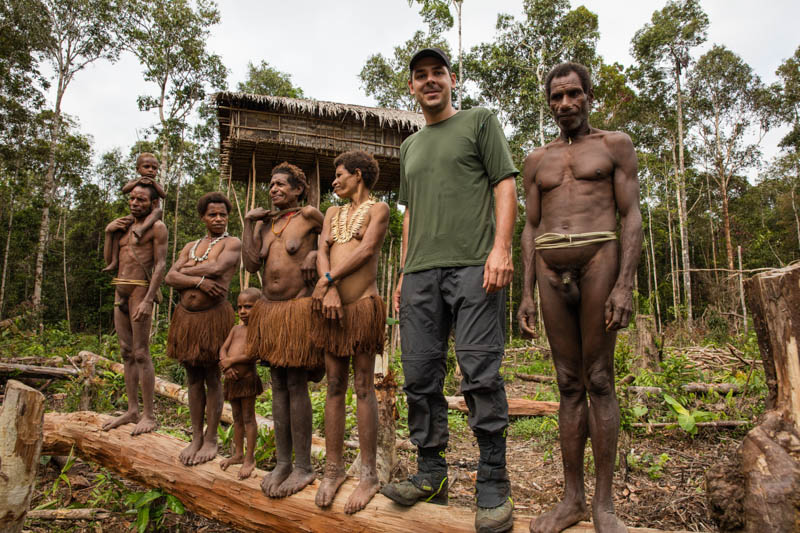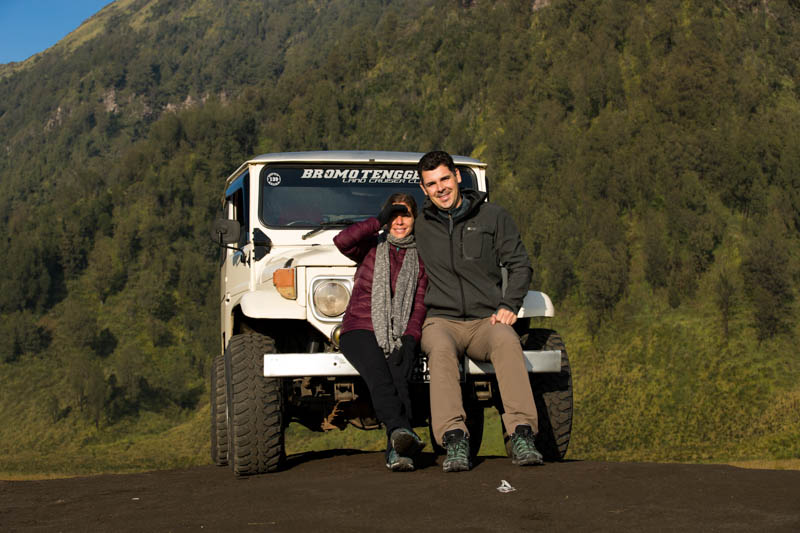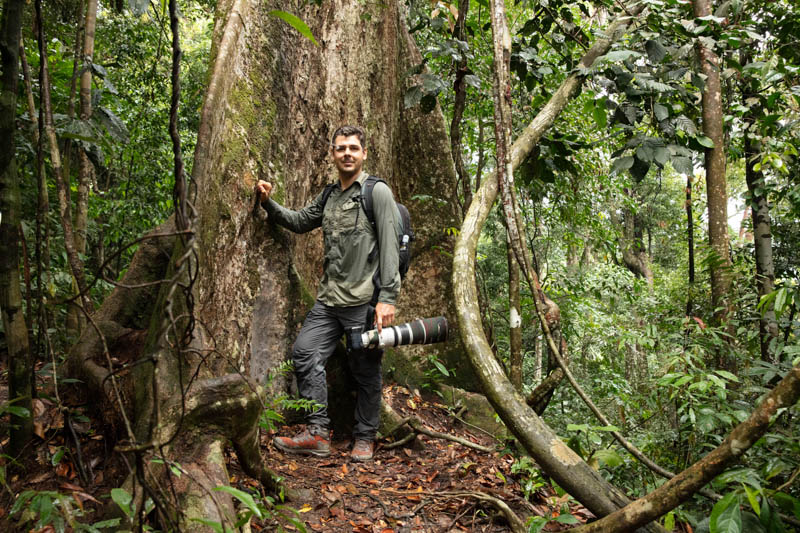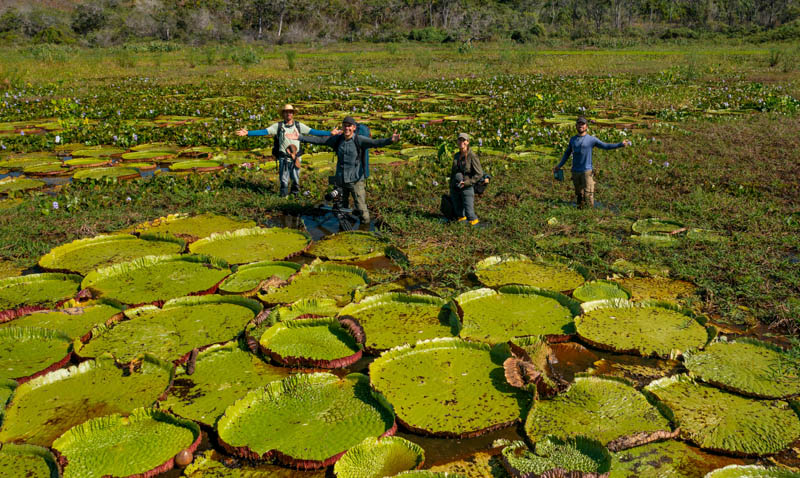Born in Campinas, Brazil, João Paulo Krajewski has been always passionate about nature and adventures. In 1999, he began his BSc in Biological Sciences at Universidade Estadual de Campinas, one of the most prestigious universities in Brazil. During his graduation, he also dedicated some of his time to nature photography, besides his and his colleagues’ research. At the university, João met Roberta Bonaldo, who became his wife. Right after finishing his graduation, he began to study ecology and behaviour of marine fishes and obtained a Master and a PhD degrees in Ecology. During this period, João has been especially influenced by his supervisor and friend, Prof. Ivan Sazima, who inspired him to develop a passion for Natural History and for the careful observation of animal behaviour.
Along with Prof. Ivan, Roberta Bonaldo and the colleague and researcher Dra. Cristina Sazima, João spent several years conduction research at Fernando de Noronha Archipelago, Brazil. As a result, the team published a series of scientific articles and a book on behaviour of fishes in the archipelago. João also worked as a cameramen and photographer for the research team and the stories recorded were featured on television shows in the main TV channel in Brazil, Rede Globo. Since then, Joao dedicated himself almost exclusively to wildlife filming and photography. In 2006, he moved to Australia, where Roberta conducted her PhD on fish ecology in the Great Barried Reef. João and Roberta did many field trips together and interacted with world leading researchers in marine ecology . They also frequently visited tropical rainforests of Australia, and were mesmerised by the unique and strange fauna they have found in the country, including kangaroos that climb trees and the amazing birds of paradise. João and Roberta became especially interested in the differences between the Brazilian rainforest they were used to visit as kids and forests from other world regions. João and Roberta then started travelling the world, especially to explore tropical reefs and rainforests, always photographing and filming.
